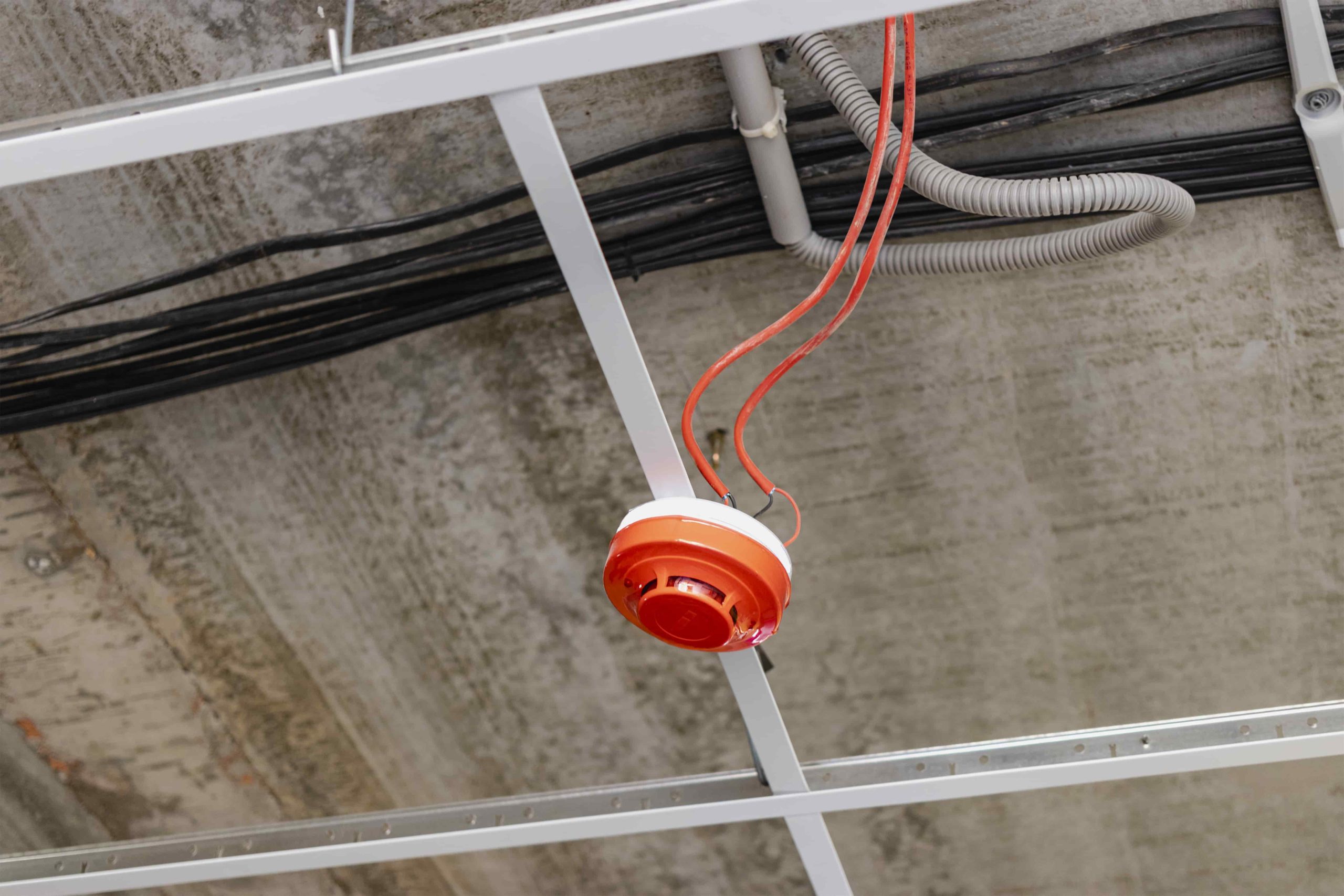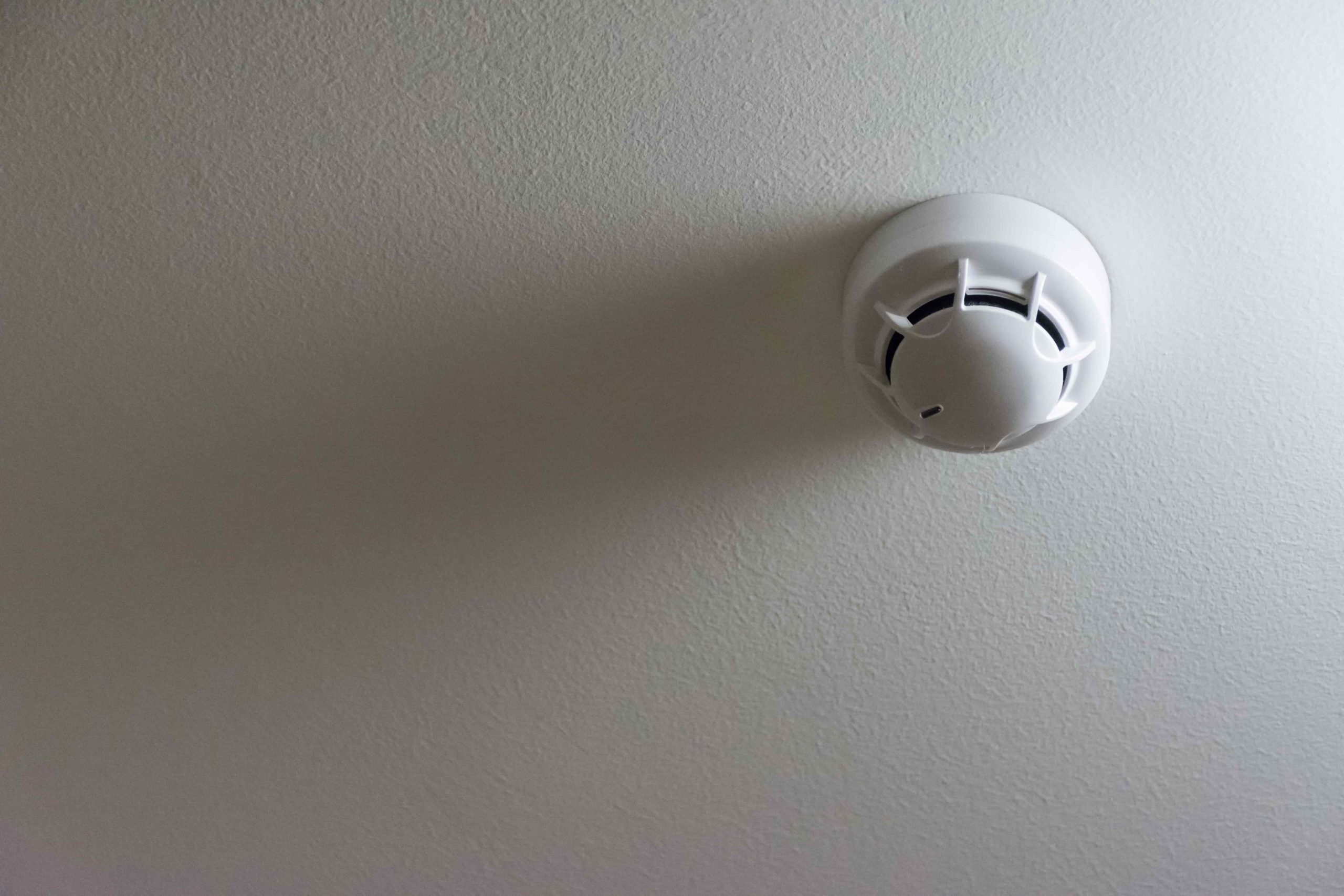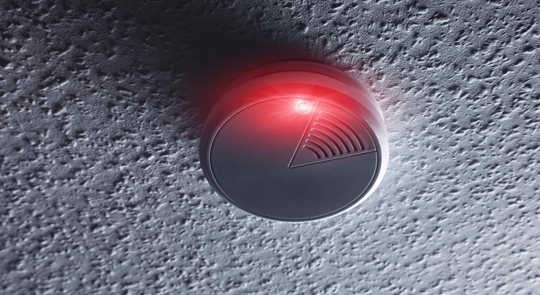If you're like most homeowners, you probably don't think too much about your furnace until something goes wrong. And while furnaces are typically reliable, they can occasionally cause problems, including carbon monoxide poisoning. So how can a furnace cause carbon monoxide? Let's find out.
If you're worried that your furnace might be causing carbon monoxide in your home, read on to learn everything you need to know. We'll cover the symptoms of carbon monoxide poisoning, how to determine if your furnace is the source of the gas, and what steps you can take to remedy the situation.
What Is Carbon Monoxide and What Are the Dangers of Exposure to It
CO is a gas that has no smell or color. It’s produced whenever any fuel such as gasoline, oil, natural gas, or wood is burned. If your furnace isn’t functioning properly, it could produce high levels of carbon monoxide.
This can be extremely dangerous because when you breathe in carbon monoxide, it replaces the oxygen in your blood. And it starves your vital organs of oxygen. This can lead to serious health problems including headaches, dizziness, nausea, and even death.
How Can a Furnace Cause Carbon Monoxide?
There are a few ways that your furnace can cause carbon monoxide to enter your home. One way is if there are cracks or holes in the heat exchanger. This happens due to the furnace expanding and contracting when heating up and cooling down over time. When this happens, it can create incomplete combustion, which will cause carbon monoxide to form.
A furnace can cause carbon monoxide if it is not working properly. If your furnace is not venting properly, it can allow carbon monoxide to build up in your home.
This is what causes carbon monoxide from a furnace. You should have your furnace checked by a professional regularly to make sure it is working properly and to ensure there are no cracks in the heat exchanger.

How Do You Spot a Leaking Carbon Monoxide Furnace?
There are a few telltale signs that your furnace may be leaking carbon monoxide:
- You can hear your furnace running, but it doesn’t seem to be heating your home as efficiently as it used to.
- You or someone in your family is experiencing symptoms of carbon monoxide poisoning. Such as headaches, dizziness, nausea, or fatigue.
- Your furnace carbon monoxide detector goes off.
If you notice any of these signs, it’s important to contact an HVAC professional right away to have your furnace checked for leaks. Carbon monoxide is a very serious issue, and it’s not something you should try to diagnose or repair on your own.
How To Prevent Carbon Monoxide Leaks From Your Furnace?
Let's awner a few quick and common questions about carbon monoxide leaks.
- Can a furnace cause carbon monoxide poisoning? Yes!
- Can you prevent it? Absolutely!
The best way to prevent a carbon monoxide furnace leak is to have it regularly serviced by a qualified HVAC professional. This will ensure that any potential problems are caught early and fixed before they have a chance to cause serious damage.
Carbon monoxide is a very serious issue, and if you have a leak, it’s not something you should try to diagnose or repair on your own.
In the meantime, make sure that all of the vents in your home are open and clear so that any carbon monoxide that may be present can dissipate quickly. You should also open doors and windows to increase ventilation. And, of course, if you or anyone in your family is experiencing symptoms of carbon monoxide poisoning, seek medical attention immediately.
Here are the best steps to take to prevent carbon monoxide leaks in your home:
- Get annual HVAC maintenance on your furnace. This is the number one thing you can do to prevent CO leaks from your furnace
- Change your filter on a regular basis
- Ensure your furnace was installed properly by an HVAC professional
- Install carbon monoxide detectors throughout your home

What Should You Do if You Suspect That Your Furnace Is Leaking Carbon Monoxide
If you think your furnace might be leaking carbon monoxide, take these steps:
1. To ventilate the space, open all of the doors and windows.
2. Turn off all combustion appliances, including the furnace.
3. Evacuate the premises immediately and call your gas company or a qualified heating contractor to inspect the appliance. Do not re-enter the area until it has been determined to be safe by a professional.
4. If you experience symptoms of carbon monoxide poisoning, such as headache, dizziness, nausea, or shortness of breath, seek medical attention immediately and tell the doctor that you suspect carbon monoxide exposure.
If you are ever in doubt, it is always better to lean on the side of caution and evacuate the area immediately. Carbon monoxide is a serious hazard that should not be taken lightly. By taking quick action, you can help to ensure everyone's safety.
According to the CDC, at least 430 people die in their homes in the U.S. due to accidental carbon monoxide poisoning. In addition to that, roughly 50,000 people end up in the emergency room due to CO poisoning.
How Much Does It Cost to Install a Carbon Monoxide Detector
The cost of a carbon monoxide detector will depend on the brand, features, and complexity of installation. Some carbon monoxide detectors can be plugged into a standard outlet, while others need to be hardwired. The average cost of a carbon monoxide detector is between $30 and $50.
How Often Should I Test My Carbon Monoxide Detector?
Most manufacturers recommend that you test your carbon monoxide detector monthly. Some suggest that you also perform a monthly check by taking the unit outside and pressing the test button.
If the alarm sounds, it’s working properly.
If you have a monthly HVAC maintenance plan, then you're HVAC professional should be performing this test for you.
It's also recommended that you do some of your own research about the detectors and learn how they work. This way you can be prepared in the event of an emergency. You can start by learning how to use a carbon monoxide detector.

How Long Do Carbon Monoxide Detectors Last?
Carbon monoxide detectors usually last for five to seven years. Some detectors have a lifespan of up to 10 years. After that, it’s time to replace the detector.
What to Do if Someone in Your Home Has Been Exposed to Carbon Monoxide
If you believe that someone in your home has been exposed to carbon monoxide, it is important to get them out of the house and into fresh air immediately. Once they are outside, call the professionals. Do not try to drive yourself or the affected person to the hospital, you could have been exposed and you could pass out while driving.
The Importance of Annual Furnace Inspections
Most people don’t know that their furnaces need to be inspected annually by a qualified technician. This annual maintenance is important for several reasons:
- It helps ensure that your furnace is operating safely and efficiently.
- It can help identify potential problems before they become serious (and expensive) repairs.
- It can help prolong the life of your furnace.
- And, perhaps most importantly, it can help prevent carbon monoxide leaks.
During a furnace inspection, the technician will clean the unit and all its parts, check for any signs of wear or damage, and test the unit to make sure it’s operating safely and efficiently.
So, if you want to help prevent a carbon monoxide leak from your furnace, make sure to have it inspected annually by a qualified technician.

Carbon Monoxide Leaks Solved
Can a furnace cause carbon monoxide? Yes, furnaces can cause carbon monoxide leaks. But there are several things you can do to help prevent this from happening. Including having your furnace inspected monthly by a qualified technician or learning how to properly inspect the detector yourself.
By taking these precautions, you can help keep your family safe from the dangers of carbon monoxide poisoning from your furnace.
If you found this article helpful, leave a comment below, and be sure to check out our HVAC Blog to learn more about everything HVAC related!

